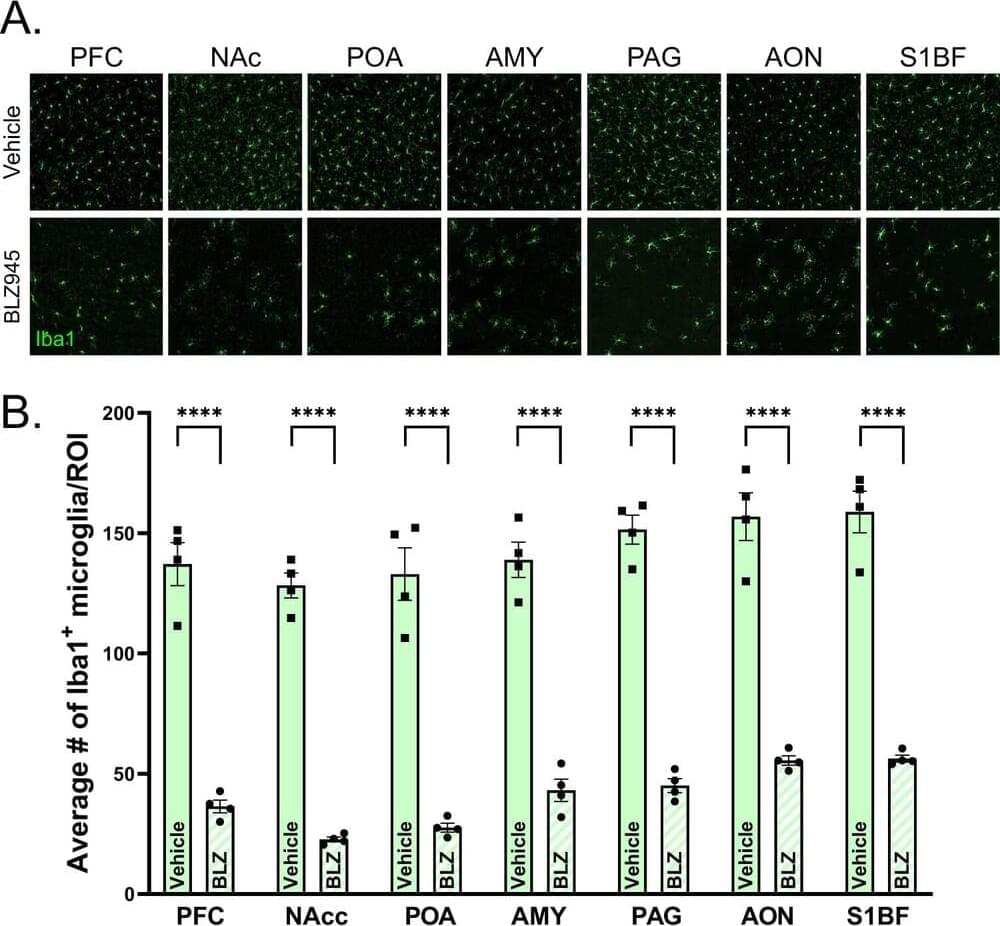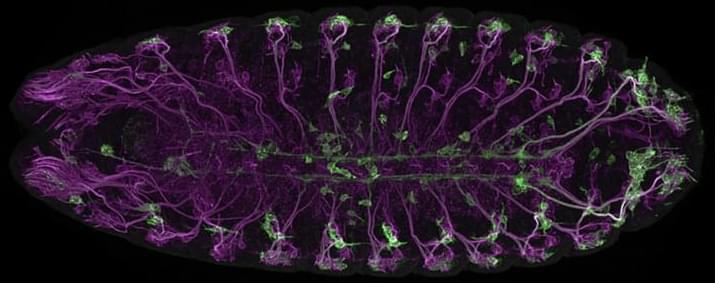Aug 8, 2023
Unraveling Cosmic Mysteries — New Method Proposed for Measuring Universe Expansion
Posted by Dan Breeden in category: particle physics
In 1929, astronomers discovered that galaxies are streaming away from us and each other. They interpreted this observation that the universe is expanding. However, when they measured how fast it is expanding, they got different answers using different methods. The difference continues to be a thorn in their description of the expanding universe.
A potential solution has been proposed by a research team headed by Souvik Jana from the International Centre for Theoretical Sciences in Bengaluru. Their paper, recently published in the Physical Review Letters.
Physical Review Letters (PRL) is a peer-reviewed scientific journal published by the American Physical Society. It is one of the most prestigious and influential journals in physics, with a high impact factor and a reputation for publishing groundbreaking research in all areas of physics, from particle physics to condensed matter physics and beyond. PRL is known for its rigorous standards and short article format, with a maximum length of four pages, making it an important venue for rapid communication of new findings and ideas in the physics community.


















